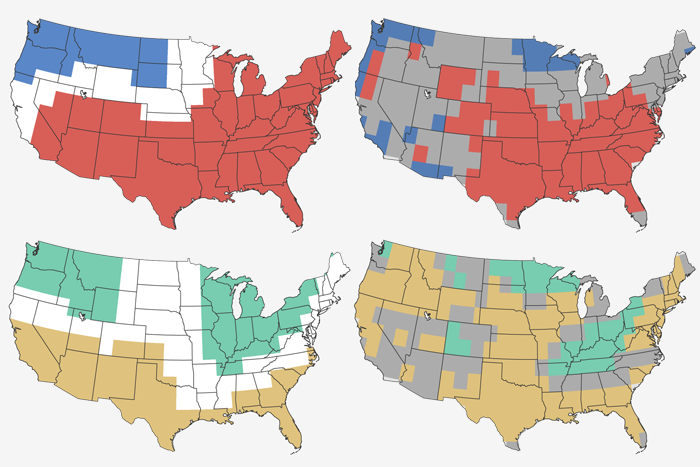Researchers in Colorado have employed machine learning to improve understanding of precipitation forecasts for the US West Coast.
Amber Liggett, a Communications Analyst in CPO’s Communication, Education, and Engagement (CEE) Division, will participate in two climate justice panel discussions in the UCAR Center for Science Education virtual event as part of Bard College’s Worldwide Teach-in for Climate/Justice March 30, 2022.
The people, economy, and ecosystems of the Pacific coast states of California, Oregon and Washington are highly dependent on cool-season atmospheric rivers for their annual water supply. A new study suggests climate change may alter atmospheric rivers in ways that complicate water management.

How well did the 2021-2022 Winter outlook do? Pretty well if you ask me! Chalk up another year in a track record of outlooks performing better than random chance.
A new study conducted in Wisconsin indicates that low, fair-weather, cumulus clouds stimulate stronger surface energy exchange in comparison to other sky conditions over a forested landscape.
When does the chance of an overnight freeze drop below 50 percent? Explore this map to find out.
In the tropical Pacific, year-to-year changes in chlorophyll is dominated by the El Niño-Southern Oscillation. El Niño can sharply reduce the regional supply of nutrients, limiting phytoplankton growth. GFDL’s new Earth System Model captures not only the onset and extent of chlorophyll anomalies during El Niño events, but also a pronounced post-El Niño “chlorophyll rebound” that produces positive equatorial Pacific chlorophyll anomalies in the summer following El Niño events.
The Northeast Pacific Ocean has experienced multiple marine heatwaves. One notable marine heatwave, nicknamed the Blob, lasted from the winter of 2013–2014 through mid-2016. A new study indicates that specific ocean surface conditions may help scientists predict Northeast Pacific marine heatwaves months in advance.
Flood risk in Upper Midwest, Midwest and Southeast.
It was the seventh-warmest February on record going back to 1880, and it is virtually certain 2022 will wind up one of the ten warmest years on record, despite the cooling influence of La Niña.